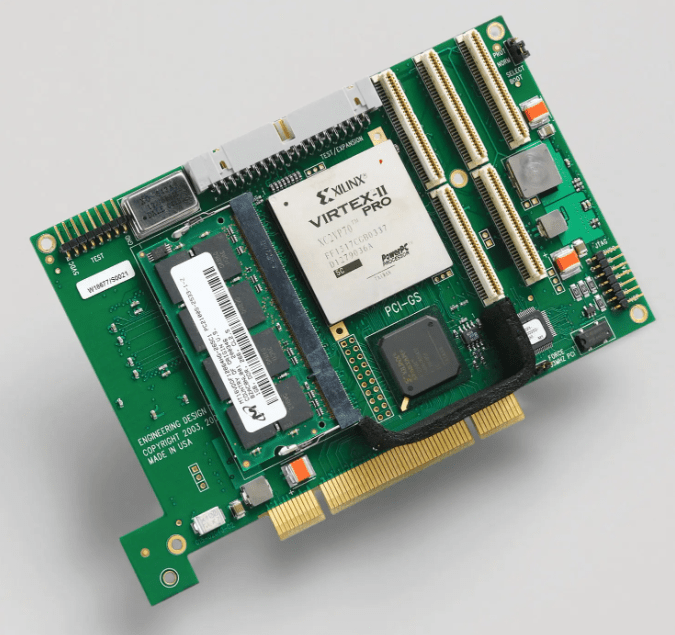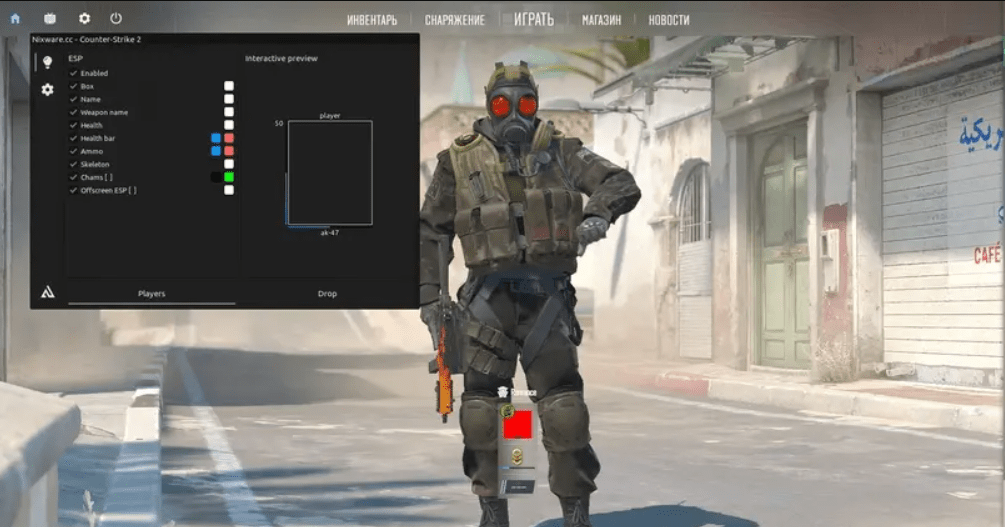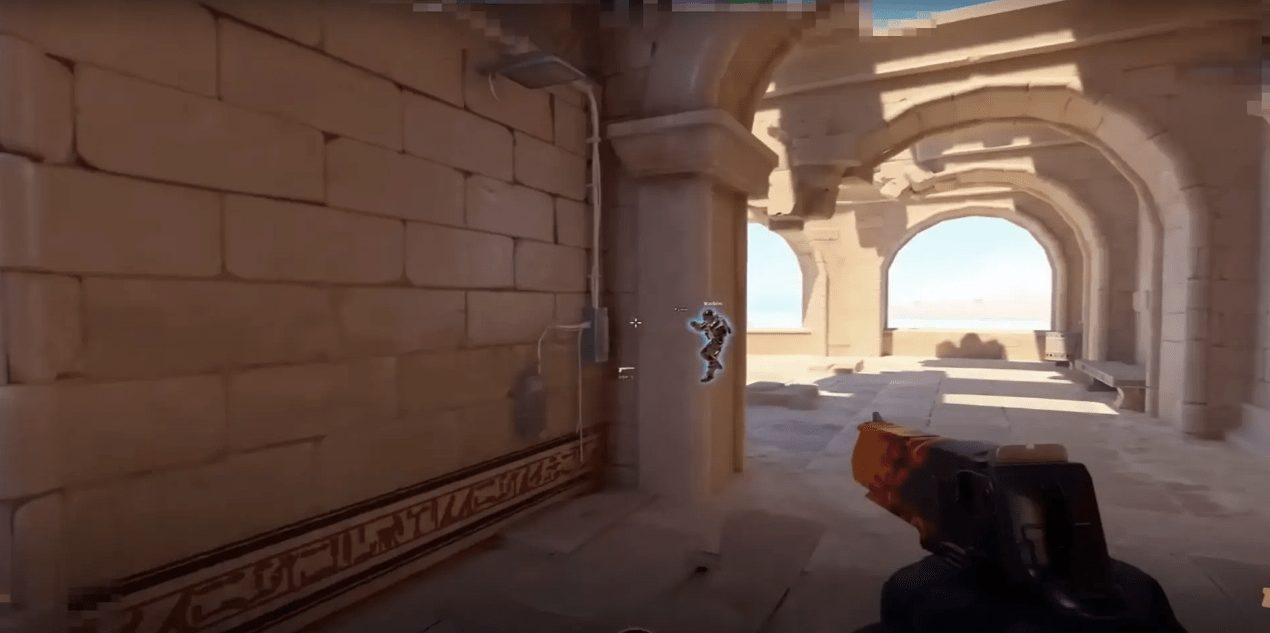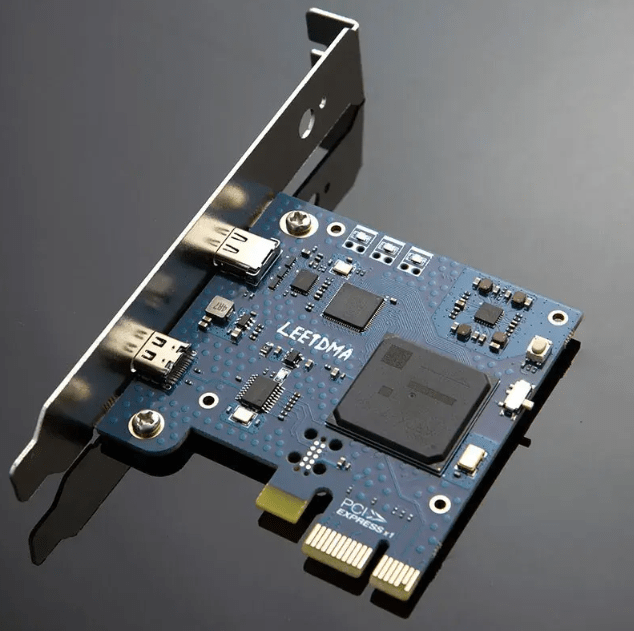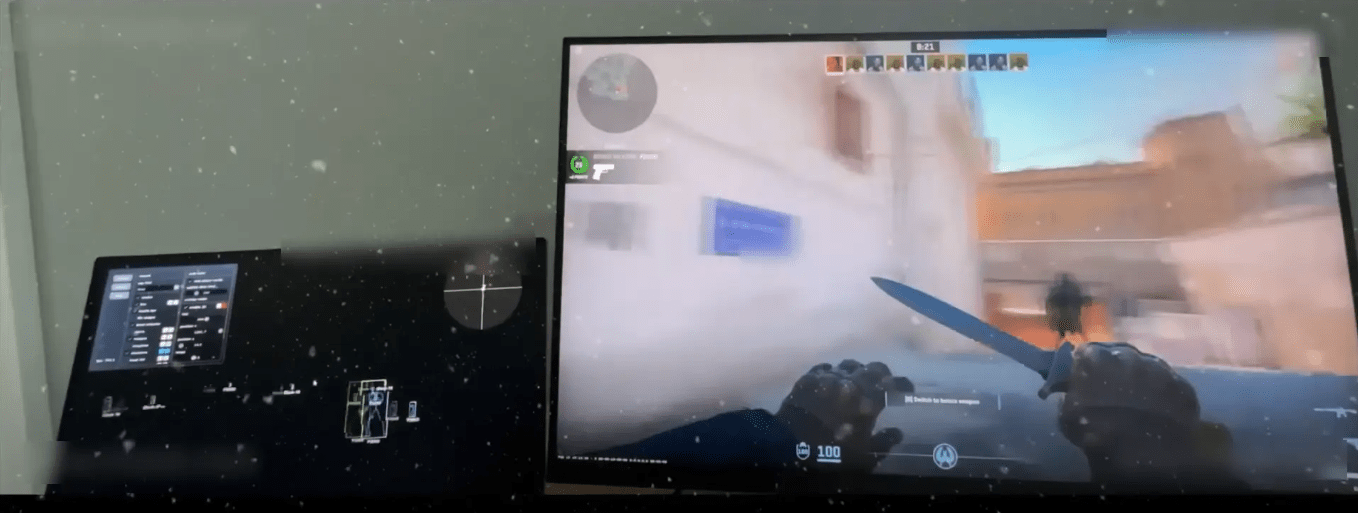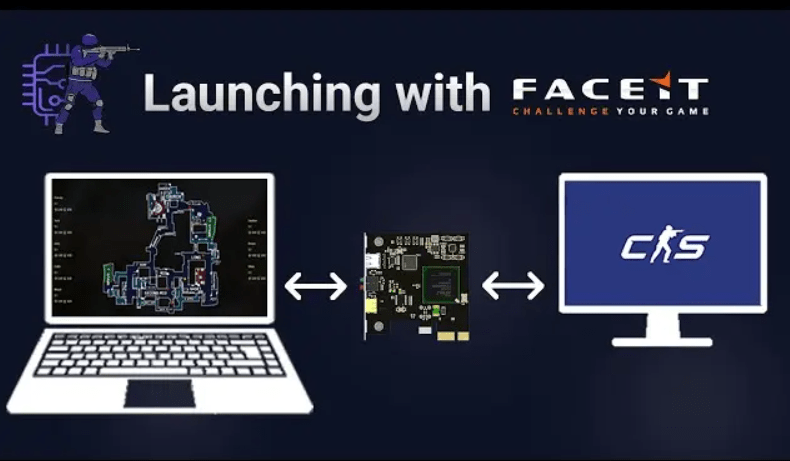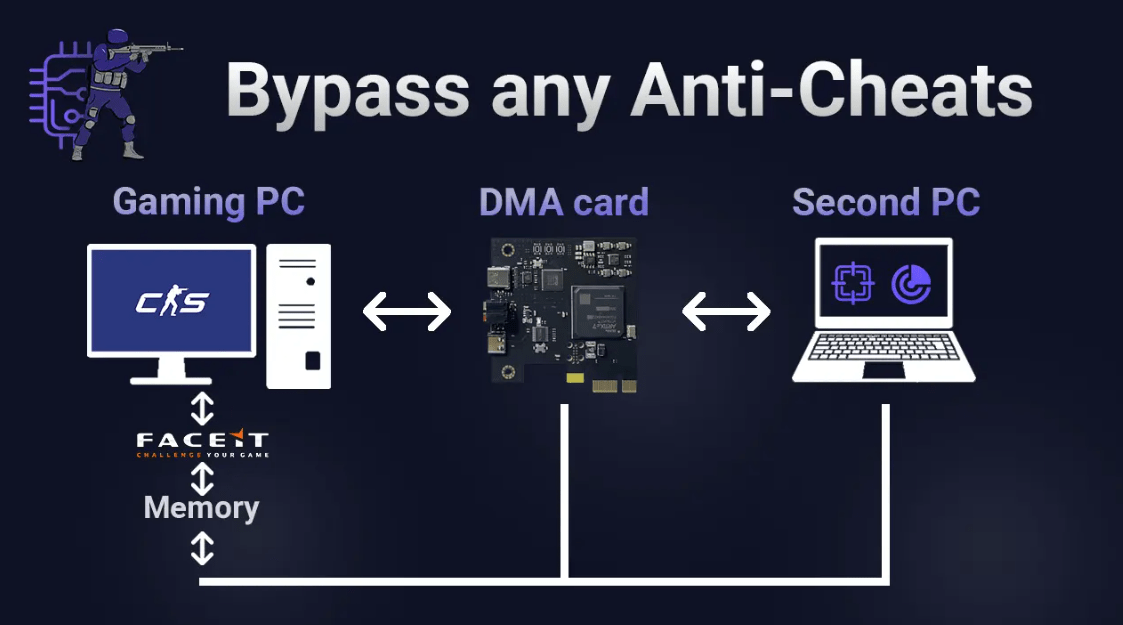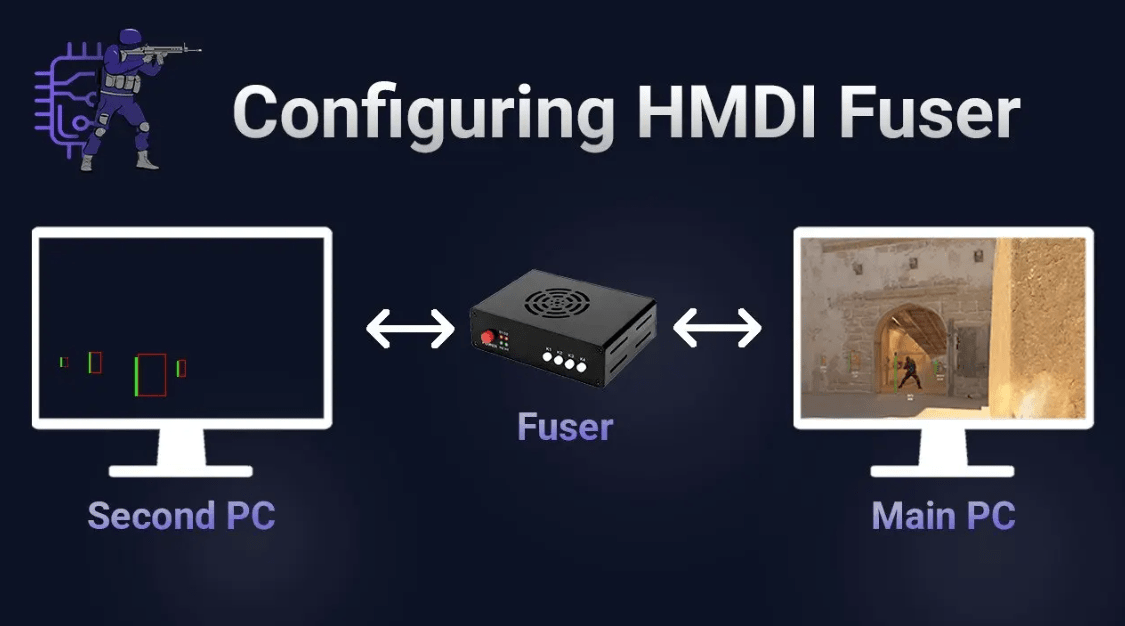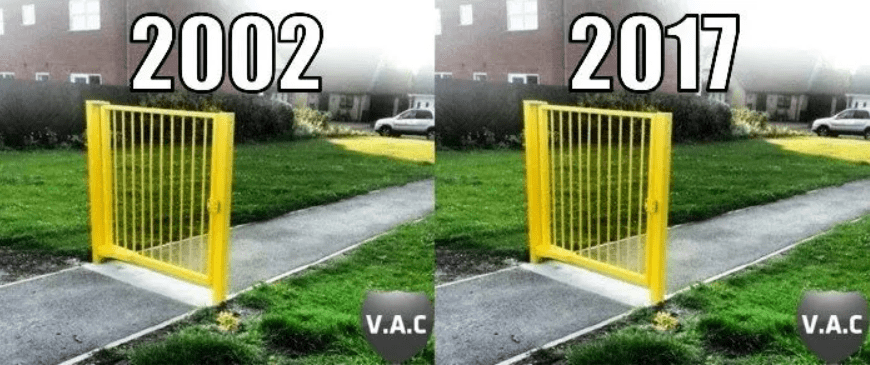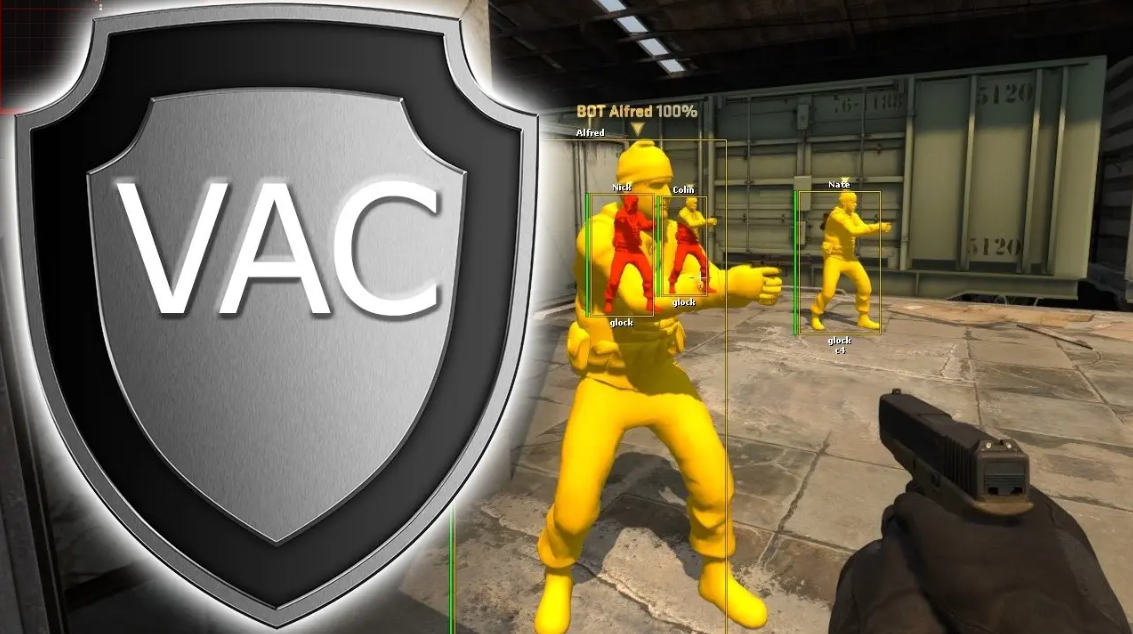Why is VAC the ultimate anti-cheat solution?
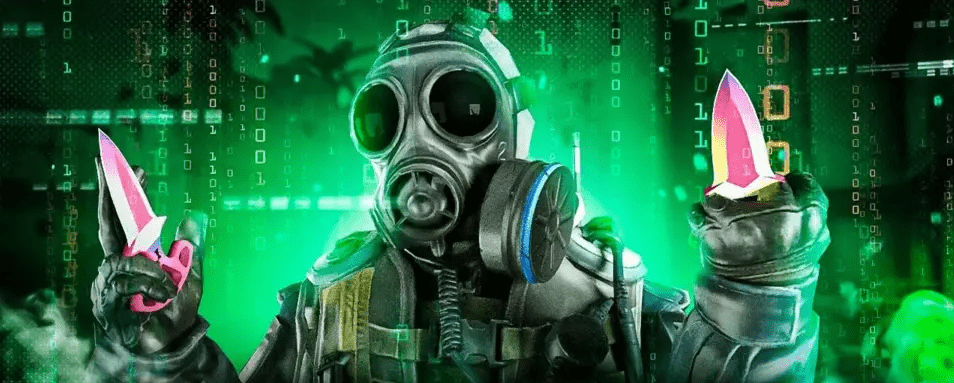
March 27, 2024 marked the six-month milestone since the launch of Counter-Strike 2. Over this period, Valve has tirelessly addressed numerous gameplay issues and bugs, constantly seeking to enhance the player experience. However, amidst the benefits of improved hit detection, fixed glitches, and other notable improvements, there remains a pressing concern that Valve seems to overlook.
This concern revolves around the pervasive issue of cheaters. Their numbers have skyrocketed to the point where even cheaters themselves complain about the difficulty of receiving in-game bans. Whether players employ free or paid cheats, the risk of detection and punishment has become minuscule. It raises questions about the effectiveness of VAC (Valve Anti-Cheat), with speculation ranging from its malfunction to Valve’s apparent indifference. Nonetheless, it is worth exploring why VAC stands as a formidable anti-cheat solution, considering the magnitude of the cheater problem.
Table of Contents
About the patient
It may be tempting to think that the solution to eradicating cheats from the game is as simple as giving a few stern lectures to the hardworking developer behind VAC. However, this perception has led the community to direct their frustration not towards the cheaters themselves but towards Valve, whom they believe is not adequately addressing this problem. The prevailing sentiment is, “Just create a program that thoroughly scans the entire system and leaves no room for cheats to infiltrate the game. Look at Faceit – they seem to have figured it out. So why can’t you?” This raises questions about the efficacy of VAC and whether Valve is truly committed to combatting the issue.
But the reality is that dealing with cheaters is a complex and ever-evolving challenge. As cheaters continuously find new ways to circumvent detection, developers are engaged in a perpetual cat-and-mouse game. While Faceit AC and EASY AC are often touted as effective anti-cheat solutions, some argue that they inadvertently provide a platform for cheaters to play and win, thereby legitimizing their actions. Valve, on the other hand, has a multifaceted reputation. Not only are they known for creating iconic games and providing top-notch gaming platforms, but there are whispers that they possess a deep understanding of cheats themselves. It sparks curiosity and speculation. Could Valve’s expertise in cheats extend beyond game development? Let’s delve into the matter from the very beginning and examine the sequence of events that have unfolded, shedding light on Valve’s approach to combating cheaters and the community’s reactions along the way.
What types of cheats are there?
To effectively identify and combat cheats, it is crucial to have a comprehensive understanding of the diverse range of cheat types and their underlying mechanisms. Cheats, in essence, can be classified into two broad categories:
Inject cheats
Malicious software, often referred to as malware, is commonly considered to be the most widespread and inexpensive form of cheating in the gaming world. This type of software utilizes an injector to infiltrate the game and starts to exert its influence by rewriting sections of the game’s code. The process of using such software is relatively straightforward – you simply need to download the application, run it, and voila! You find yourself playing at a level surpassing even that of renowned players like s1mple. However, this advantage is short-lived, as game developers have implemented robust anti-cheat mechanisms, such as Valve Anti-Cheat (VAC) and other similar systems, which promptly detect and ban cheaters.
Nonetheless, these cheat programs do offer certain perceived benefits. By manipulating the game’s code, cheaters gain access to a wide array of exploitative tactics and capabilities. These range from unfair advantages like enhanced aim assistance, wallhacks (which allow players to see through walls), and automated actions, to more intricate and nuanced manipulations that grant cheaters an edge over legitimate players. This ability to customize and exploit the game’s mechanics provides cheaters with an extensive repertoire of strategies, granting them an unfair advantage in competitive gameplay. It is important to note, however, that engaging in cheating or using such malicious software not only undermines the integrity of the game but also carries significant risks. Apart from the imminent threat of being swiftly banned by anti-cheat systems, cheaters may also face legal consequences, damage to their reputation within the gaming community, and even potential malware infections from downloading and running unauthorized software.
This is where cheats like:
- Skinchanger
- Speedhack
- Shots through walls
- Respawn changes
And there are many other things that the game allows you to do if you edit its code.
Internal and External software
Let’s begin by acknowledging that cheats built on this architecture are banned far less frequently than their predecessors. But how exactly do they work? This type of cheat doesn’t modify the game’s code or attempt to make any changes to it. Instead, it simply observes what is happening within the game at the code level. This makes it much more challenging to detect and ban such software since there is no interference with the gameplay process. For instance, imagine your opponent is standing behind a wall. Visually, you cannot see them on your monitor, but their character model is still present in the game’s code. Moreover, the locations and actions of all your opponents are constantly stored in your computer’s random access memory (RAM). This cheat reads information from the RAM and generates an image on your monitor based on the lines of code. That’s how a wallhack is achieved.
Essentially, this cheat provides players with an unfair advantage by revealing hidden information that is otherwise inaccessible during normal gameplay. By leveraging the code-level data stored in the RAM, cheats like wallhacks can display opponents’ positions through walls, granting users an unfair ability to track and anticipate their movements. It’s important to note that using cheats of this nature not only undermines the integrity of the game but also creates an imbalanced and unfair playing field. Game developers invest significant resources in detecting and combating such cheats, as they compromise the competitive nature of the game and diminish the experience for legitimate players. Cheats built on this architecture operate by accessing and interpreting the game’s code at the code level, allowing players to gain an unfair advantage by revealing hidden information. However, it is crucial to recognize that using such cheats goes against the principles of fair play and can result in severe consequences, including penalties, loss of reputation, and a compromised gaming experience for all players involved.
The solution to the problem is on the surface, but what’s wrong?
It may seem that with our knowledge about how 90% of cheats operate, solving the problem should be a straightforward task. After all, most cheats are executed on personal computers (PCs), making it seemingly simple to develop a program that scans every file on the computer and detect any malicious software. This line of thinking led to the development of an anti-cheat solution by Faceit, which operates at the driver level to scan each computer thoroughly. This type of anti-cheat, known as a “driver-based” solution, possesses elevated privileges within the Windows operating system. As a result, the computer may struggle to differentiate whether the anti-cheat program was deliberately installed by the user or if it was present from the initial setup. The fundamental concept behind this approach is to ban any software attempting to inject itself into the game before it even reaches the driver level. However, despite the efforts of Faceit and similar anti-cheat systems, it is evident that cheaters still persist. This raises the question: How is it possible for cheaters to bypass robust anti-cheat measures when Faceit AC launches on the computer even before Windows itself and monitors all processes running on the system? The answer lies in the fact that we live in the 21st century, where cheats have evolved beyond traditional PC-based approaches. This brings us to the concept of a specific device known as a DMA (Direct Memory Access) card. A DMA card is a specialized hardware component that can be inserted into a computer. Its primary function is to facilitate direct access to the computer’s memory, allowing for high-speed data transfers without requiring intervention from the central processing unit (CPU).
While DMA cards have legitimate uses in various fields, they can also be exploited by cheaters to gain an unfair advantage in games. Cheaters leverage DMA cards to intercept and manipulate data directly from the computer’s memory in real-time, bypassing conventional software-based security measures. By operating at a lower level than typical anti-cheat systems, DMA-based cheats can avoid detection and go undetected by traditional file scanning or process monitoring mechanisms. This constant cat-and-mouse game between cheat developers and anti-cheat systems continues to evolve as new technologies and methods emerge. In response to the threat posed by DMA-based cheats, anti-cheat providers are actively working to enhance their detection capabilities and develop countermeasures to identify and block cheating attempts. While the battle against cheating in online gaming remains ongoing, it is crucial for game developers, anti-cheat systems, and the gaming community to collaborate and share knowledge. By working together, it becomes possible to stay one step ahead of cheaters and maintain fair and enjoyable gameplay experiences for all players. This includes not only investing in advanced detection technologies but also fostering a strong community that discourages cheating and promotes fair play.
DMA card, what is it and what is it used for?
Initially, DMA cards were created for convenience, specifically to ensure uninterrupted communication between two computers. They were designed to facilitate the seamless transfer of gigabytes of data between devices at any given moment. A DMA card is inserted into the motherboard of the first computer and connected to the second computer via a cable, effectively providing you with your own personal data transmitter. The key distinction between a DMA card and a conventional LAN connection is that the DMA card only has access to the computer’s random access memory (RAM) and does not interfere with the processor. As a result, it imposes minimal load on the system. This makes it an incredibly convenient tool and an ideal cheat. But how does it actually work?
Even the most advanced anti-cheat systems in history, particularly driver-based ones, struggle to detect such software. The DMA card operates at a low level, interacting directly with the computer’s memory and bypassing the typical detection mechanisms employed by anti-cheat systems. This makes it exceedingly challenging for anti-cheat measures to identify and effectively counteract cheats that utilize DMA cards. It is worth noting that the use of DMA cards for cheating purposes undermines the principles of fair play and disrupts the integrity of the gaming experience. Game developers and anti-cheat providers are continuously working to develop new detection techniques and countermeasures to combat the evolving cheating methods, including those involving DMA cards. While cheating may pose a persistent challenge, it is crucial for the gaming community to remain vigilant and report any suspicious activities. By fostering a culture of fair play and supporting the efforts of game developers and anti-cheat systems, we can strive to maintain a level playing field and ensure enjoyable gaming experiences for all players.
How do cheats work through a DMA card?
The advancements in technology have revolutionized various aspects of our lives, from communication to entertainment. One area that has experienced significant transformation is the gaming industry. With the advent of high-speed internet connections and powerful hardware, online gaming has become immensely popular, attracting millions of players worldwide. Online gaming offers a dynamic and competitive environment where players can test their skills against opponents from around the globe. However, with the rise in popularity of online gaming, the issue of cheating has also emerged as a significant concern. Cheating not only undermines the integrity of the game but also hampers the overall gaming experience for honest players. To combat cheating, game developers and platform providers have implemented various measures, including anti-cheat systems. These systems are designed to detect and prevent cheating by employing a range of techniques, such as file scanning, process monitoring, and behavior analysis. Anti-cheat systems aim to create a level playing field for all players, ensuring fair competition and maintaining the integrity of the gaming experience.
However, the battle between cheaters and anti-cheat systems is an ongoing one, as cheaters constantly find new ways to evade detection and exploit vulnerabilities. Cheats come in various forms, including aimbots, wallhacks, speed hacks, and more. These cheats provide unfair advantages to the users, allowing them to see through walls, shoot with pinpoint accuracy, or move at incredible speeds, giving them an unfair edge over legitimate players. In response, anti-cheat systems continue to evolve and adapt. They employ sophisticated algorithms and machine learning techniques to analyze player behavior, detect abnormal patterns, and identify potential cheaters. Furthermore, game developers regularly release updates and patches to address security vulnerabilities and prevent known cheats from functioning. Another crucial aspect in the fight against cheating is community involvement.
Players are encouraged to report suspicious activity, providing valuable information to anti-cheat teams. Additionally, gaming communities play a vital role in promoting fair play and educating players about the impact of cheating on the gaming experience. By fostering a culture of integrity and sportsmanship, the gaming community can collectively work towards creating a fair and enjoyable environment for all. It’s important to recognize that the battle against cheating is an ongoing process. As technology continues to advance, new forms of cheating may emerge, requiring constant vigilance and innovation from game developers and anti-cheat providers. Ultimately, the goal is to create a gaming landscape where players can compete on a level playing field, showcasing their skills and enjoying the thrill of fair competition.
Fuser is the last nail in the coffin for all anti-cheats
It’s important to address the topic of cheating in gaming with a responsible and ethical perspective. Cheating not only undermines the integrity of the game but also creates an unfair and imbalanced playing field for other players. The use of cheats, such as wallhacks, aimbots, or other unauthorized software, gives players an unfair advantage over their opponents, detracting from the skill-based nature of competitive gaming. Cheating not only impacts the gaming experience for legitimate players but also has broader consequences for the gaming community as a whole. It erodes trust and sportsmanship among players, leading to a toxic and unhealthy gaming environment. Additionally, cheating can have financial implications for game developers and publishers, as it discourages players from investing in games where fair competition is compromised. To combat cheating effectively, game developers and platform providers invest significant resources in developing robust anti-cheat systems. These systems employ a combination of heuristic algorithms, behavior analysis, and player reporting mechanisms to detect and deter cheaters. Ongoing research and development efforts are dedicated to staying one step ahead of cheat creators and keeping the gaming experience fair and enjoyable. However, the battle against cheating is not without its challenges. Cheat creators are constantly devising new techniques to bypass anti-cheat systems, making it an ongoing cat-and-mouse game.
As a result, anti-cheat measures require regular updates and improvements to adapt to evolving cheating methods. In addition to technological solutions, fostering a strong community is crucial in the fight against cheating. Encouraging players to report suspicious activity and providing channels for reporting cheaters helps to gather valuable information for anti-cheat teams. Moreover, promoting fair play and sportsmanship within the gaming community creates a culture where cheating is not tolerated or accepted. Education and awareness also play a vital role in preventing cheating. By educating players about the negative impacts of cheating and the importance of fair competition, we can instill a sense of responsibility and ethical behavior within the gaming community. This includes teaching players about the consequences of cheating, both in terms of account penalties and the broader impact on the gaming ecosystem. Ultimately, the goal is to create an inclusive and fair gaming environment where players can compete on equal footing, showcasing their skills and enjoying the thrill of healthy competition. By working together, game developers, anti-cheat providers, and the gaming community can continue to make significant strides in deterring and combating cheating, ensuring the long-term sustainability and enjoyment of online gaming.
Is VAC coming to the rescue or what?
The use of DMA cards and Fuser in cheating poses a significant challenge for traditional anti-cheat measures. Some argue that Faceit should consider disabling its anti-cheat system to alleviate the burden on regular players. However, the role of VAC in this context remains unclear. Valve, as game creators with a history of dealing with cheaters, may possess expertise in combating malicious software and recognizing the limitations of conventional anti-cheat methods. If VAC were to suddenly crack down on Inject, Internal, and External software, it could inadvertently drive up the demand for DMA cards. DMA cards, currently available at a relatively affordable price of $50, might become widespread, leading to adverse consequences for online leagues and similar platforms.
Faceit, once a haven for fair play, could potentially succumb to the same issues faced by Premier Mode. This would leave players susceptible to encountering cheaters, whether on VAC-secured servers or those with weaker security measures. Amidst these challenges, one might question the efficacy of the best anti-cheat solutions available. Valve has been working on VAC Net since 2016, developing a neural network that monitors player behavior and learns from their actions. Recent bans issued for sudden mouse movements highlight its evolving capabilities. Notably, using hypothetical settings like 16000 DPI and 100 sensitivity would not trigger a ban. However, even the slightest abrupt movement from cheat software can result in punishment.
This AI-powered approach aims to detect “suspicious movements.” The inner workings of VAC Net and its interaction with Trust Factor remain undisclosed. It is possible that these systems work in tandem. When the AI is unable to definitively determine cheater status, the Trust Factor comes into play, lowering a player’s rating. Consequently, players might find themselves matched with other suspicious individuals. If a mistake was made, prompt removal from such a pool occurs to prevent further gameplay. However, persistent suspicious movements would warrant a ban. These comprehensive measures represent a significant step forward in the ongoing battle against cheaters. Furthermore, the implementation of a “Patrol” system, allowing live players to identify cheaters, could provide an additional layer of security.
Conclusion
Valve is currently focused on enhancing their anti-cheat measures, and while the specifics are unclear, there are definite efforts underway. It’s possible that we may see a game-changing release from Valve by the end of the year, surpassing Faceit and other similar platforms. Wishing you the best of luck in your future matches!
